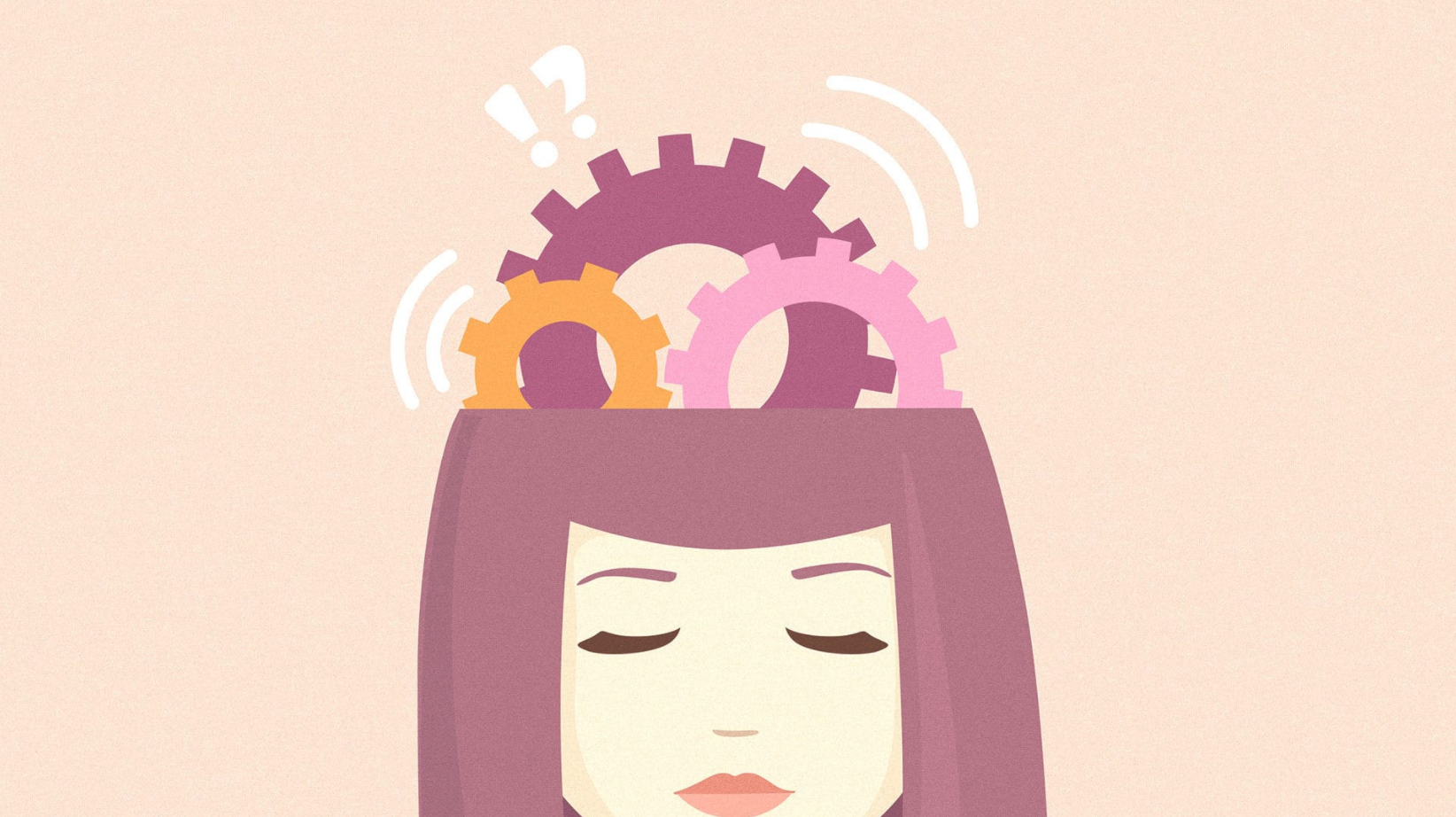Tim Ferris’ Six Principles for A Choice-Minimal Lifestyle
Save your mental energy for the decisions that matter.

I’m in a store, trying to pick a gift for my friend’s birthday. This should’ve been a quick errand, yet I’ve been walking through the aisles for the past 45 minutes, growing increasingly frustrated with myself. Just. pick. something! I end up walking out empty-handed.
Our days are one long chain of micro-decisions — when to wake up, what to wear, when to leave the house, how to structure your day, what to have for lunch, and so on. This usually goes quite well, but sometimes, after a long day of choices, decision fatigue creeps in. A seemingly simple task, like choosing a gift, can suddenly feel impossible.
Making choices isn’t to be avoided — that’s not the problem. It’s the time we spend thinking about them, going back and forth in our mind— that’s the energy sapper. We have limited mental resources, and the cost of making a decision is more than time.
So how can we make this easier?
Tim Ferris’ advice is to become minimalist with your decision-making. Cut back on decisions that don’t matter and save your energy to focus on the essentials. The simplification of even one decision, like picking your outfit in the morning, can leave you with more mental space and better productivity throughout the day.
Here are Tim’s six formulas for a choice-minimal lifestyle.
1. Set rules for yourself, so you can automate as much decision-making as possible
‘Rules’ may sound robotic, but the idea is that you make one decision in advance, which allows you to remove tens of follow-up decisions.
“Every Tuesday after work, I go to yoga.”
It doesn’t matter whether you’re not in the mood or your friend just proposed to go for dinner. The decision is made in advance, so there’s no deliberation necessary.
Investor and entrepreneur Ray Dalio, also talks about this in his book, Principles:
I believe one of the most valuable things you can do to improve your decision making is to think through your principles for making decisions, write them out. Create algorithms for yourself in the form of “if-then” statements. For example, “If I receive enough money to pay my bills, I will save 20% of what remains in my retirement account. If I don’t, I will pay my highest interest bills first, then try to cut down my spending.” Having clear rules like this gives you an easy way to make decisions without thinking hard, from scratch, each time.
2. Don’t provoke deliberation before you can take action
We waste a lot of mental energy thinking about future decisions, making assumptions based on incomplete information.
Don’t entertain “what if” discussions in your head. Instead, train yourself to park future decisions until you know enough to decide.
Whenever I find myself worrying about a future decision I’ll have to make, I remind myself of this great quote from Stoic Roman emperor Marcus Aurelius:
Never let the future disturb you. You will meet it, if you have to, with the same weapons of reason which today arm you against the present.
3. Don’t postpone decisions or “open loops” just to avoid uncomfortable conversations
If you need to cancel a commitment, say no to a request, or disappoint someone — don’t postpone doing it.
If you do, it’ll sit in the back of your mind like an open loop, waiting to be closed. Given that the mind has a limited number of things it can focus on at any one time, too many open loops leave us unable to focus clearly on whatever task is at hand. This is related to the Zeigarnik effect, which refers to our mind’s natural tendency to focus on incomplete tasks.
This tendency is so mentally taxing that entire productivity systems such as Getting Things Done and Kanban have been built around the principle of closing these open loops and minimizing “work-in-progress.”
So, be ruthless in identifying your open loops and doing what needs to be done to close them.
4. Learn to make non-fatal or reversible decisions as quickly as possible.
You don’t need pros or cons lists for most decisions, and most decisions don’t need to be perfect to work.
Make decisions that are not critical, quickly —what to have for lunch, which hotel to pick, which brand of detergent. If it’s inexpensive or refundable, train yourself to make those decisions quickly.
This ties in with another point by Tim that I find very helpful, which is to let small, bad things happen. You might make some small decisions that you need to reverse, but moving more quickly overall will make it worthwhile.
This time and energy can then be spent on big decisions where the stakes are higher. Whether or not you should marry someone. Do you move to a new city for a job opportunity you are not sure of? Do you rent or put an offer in for an apartment? These are not easily reversible or fixable if you make a bad decision, so you will want to spend the time and energy analyzing and making a better decision.
5. Don’t strive for variation — and thus increase option consideration — when it’s not needed. Routine enables innovation where it’s most valuable.
A classic example of this is the capsule wardrobe. President Barack Obama, Mark Zuckerberg, Steve Jobs — all people who decided to drastically reduce decision-making around what they wear by always wearing the same things.
You don’t need to go as extreme, but there is something to be said for limiting your choices for some of your daily decisions.
I’ve started applying this principle to exercising. I used to lose a lot of time in the gym deciding what to do, which exercises, in what order, how long, etc. I’d overcomplicate it, feeling like I need to do an elaborate workout that is different every single time, making use of all the machines available. Now, I have two simple routines that I switch between and follow every time. Knowing that I don’t have to think about what I’ll be doing significantly lowers the barrier to getting myself into workout clothes and out the door.
6. Regret is past-tense decision making. Eliminate complaining to minimize regret.
Ah, regret. Our favourite time and energy sapper.
Once a decision is made, it’s done. Don’t think about it anymore.
Nobel Prize winner for Economics Danny Kahneman, even suggests keeping track of the big decisions you’ve made. Why did you make that decision, what were your thinking patterns, how did you feel about it afterwards? If you do find yourself thinking it over repeatedly, read back through what you wrote. Stop the infinite loop of wondering whether you made the right decision.
Last Note
When you notice yourself going back and forth in your mind without making any progress — try running through these six principles and applying them to your situation.
You’ll see that often, simply reflecting on the decision you have to make through this angle of choice-minimalism is enough to get you out of your head and into action mode.
